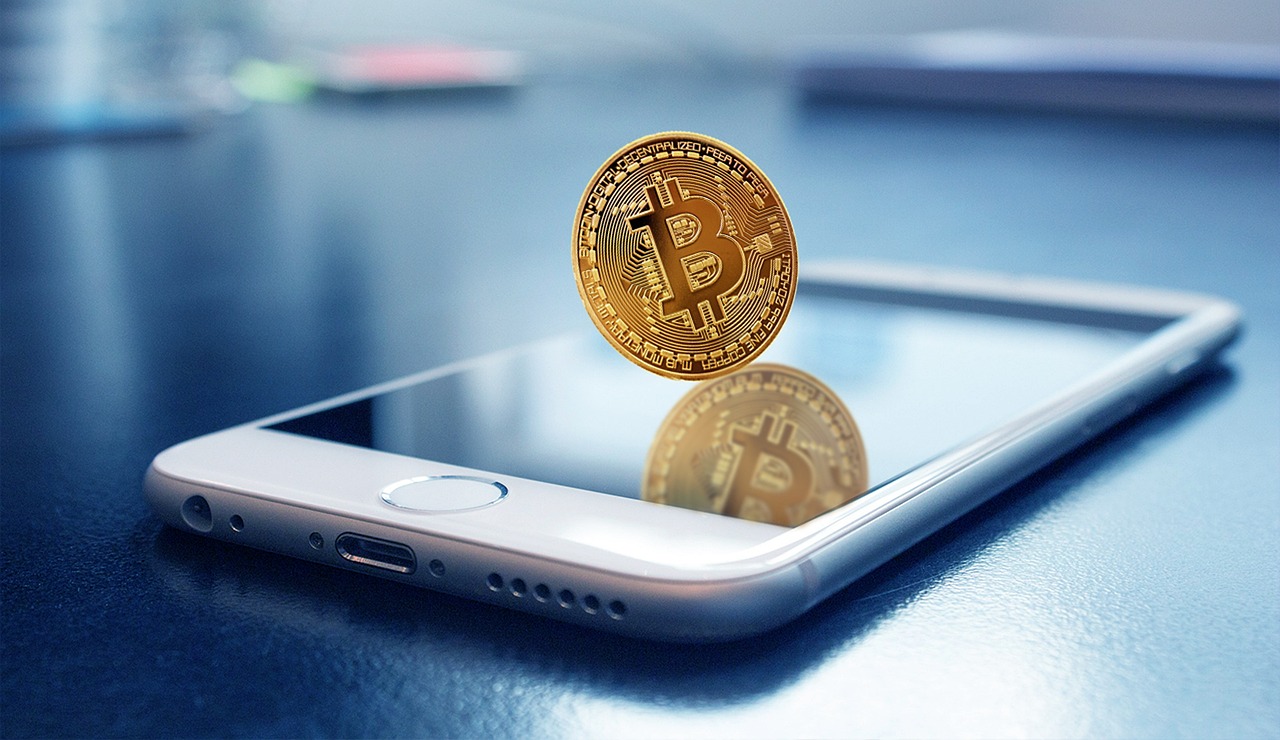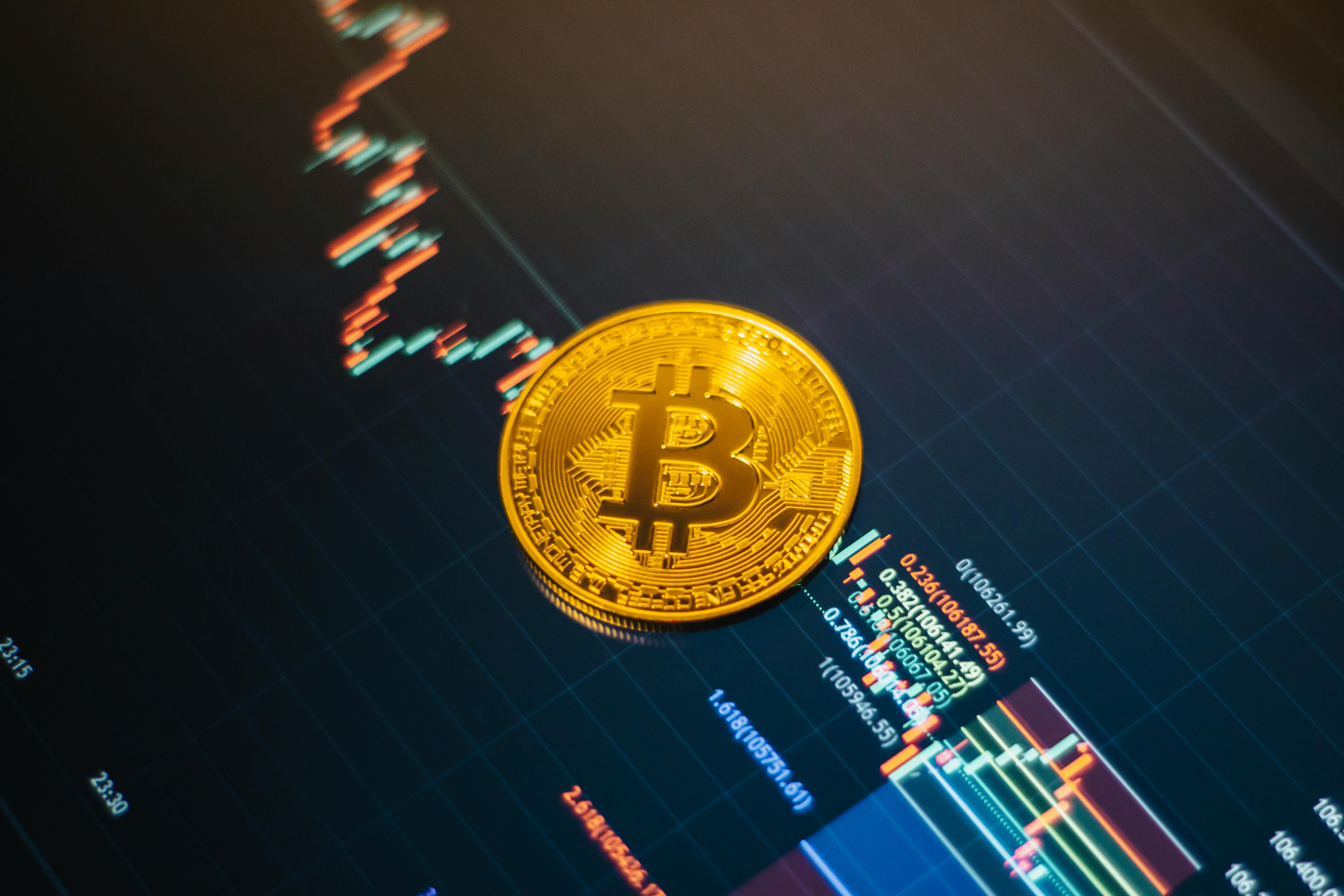2025-07-08 14:33:44
Investing in Gold: What You Need to Know in 2025?

In times of economic instability, more and more people are thinking about how to protect their capital from devaluation. One of the most reliable options is investing in gold, which is becoming more expensive every year. In 2025, its nominal value exceeded $3,400 per ounce (31.1 g) for the first time in history, while at the end of 2024, the price was around $2,700, and at the beginning of 2022, it was $1,800.
In this article, we will tell you which gold bars are best to buy, how much you can earn, and what risks are involved in the process.
Content
Gold as an Investment: Why Invest?
Investing in precious metals helps preserve capital in the long term and serves as a foundation for financial security. We have compiled the main reasons why you should consider gold as part of your investment portfolio:
- Stable demand. Gold reserves are limited, and demand for it remains high, as the metal is essential to industry, jewelry companies, and central banks.
- Protection against inflation and currency devaluation. When money loses its purchasing power, investment gold retains its value and purchasing power.
- Cash equivalent and means of payment. Gold can be used as a universal asset accepted worldwide.
- Stable price growth since the early 2000s. Over the past decade, gold prices have been steadily rising.
What Are the Different Types of Gold Investments?
To preserve and grow your capital, you can buy bullion, use financial instruments (ETFs, futures, gold options), or invest in companies that mine precious metals. Each option has a different level of risk, cost, and investor experience requirements. To help you figure out which gold is best to invest in, here is an overview of each method:
Gold bars: pros and cons
Bars are rectangular pieces of gold of a certain weight and purity. They are manufactured at refineries — enterprises that have a state license to produce investment gold.
Bars can be:
- Small: from 1 g to 10 g;
- Medium: from 50 g to 250 g;
- Large: from 500 g.
The larger the bar, the cheaper the price per gram of gold, due to lower production and packaging costs.
The standard investment fineness is 999.9. This indicates that out of 1000 parts of metal, 999.9 are gold, and the remaining parts are impurities.
Each bar comes with a certificate of quality with a unique number. The packaging (seal or factory blister pack) confirms authenticity and preserves the appearance of the product. Once opened, the bar loses some of its liquidity, as it will have to be rechecked in a specialized laboratory.
Bullion can be stored at home (cheaper but riskier) or in a bank safe (more reliable but at an additional cost).
Pros:
- Bullion is real physical metal.
- It helps investors preserve their capital.
- You can choose the amount you want to invest.
Cons:
- Low liquidity — it can be difficult to find a buyer.
- High spread — buying and selling bullion in the short term leads to losses.
- Storage and insurance of bullion require additional costs.
Gold coins and jewelry
Gold coins are items made of precious metal that are in demand among investors and collectors. There are several types:
- Investment coins — issued by state mints, their value mainly depends on the weight and fineness of the gold. Examples: South African Krugerrand, Canadian Maple Leaf, Australian Kangaroo.
- Numismatic coins — rare or commemorative coins, their price includes not only the weight of gold but also their historical value. Such coins can appreciate faster than regular coins.
The average fineness of investment coins is 999 or 999.9. The weight is usually a multiple of 1 troy ounce (31.1 grams), but there are also coins with smaller denominations — 1/2, 1/4, 1/10 ounce. Packaging and certificates also play a role in resale.
Pros:
- Coins are easier to exchange for cash — they are easier to sell in parts than a large ingot.
- Some items increase in value due to their rarity (numismatic value).
- You can choose the weight and denomination to suit your budget.
Cons:
- The price per gram is higher than that of bars due to the cost of minting.
- Risk of counterfeiting — it is better to buy from trusted sellers.
Buying jewelry is one of the most affordable and familiar ways to invest. The purity of such items is usually 585 or 750, meaning the precious metal content is lower than in coins and ingots. In this case, investing in gold combines several goals at once: jewelry can be worn, passed on to family members, pawned, or sold if necessary.
However, it is important to understand that when you resell an item, you do not get the price for its artistic value, but mainly for the metal. Therefore:
- The jeweler's fee is not refundable — you pay for the design and branding, but only the weight and fineness of the gold are factored in when selling.
- The purchase price is always higher than the subsequent redemption price. Jewelry purchased at retail price can only be sold at scrap value.
- The condition of the item affects its value — breakage or damage can reduce its value.
ETFs, futures, and shares in gold mining companies
Financial instruments are an option for those who do not want to buy physical metal. Let's discuss indirect investments in gold: the pros and cons and how they can be made.
Gold ETFs
This is a special investment fund that buys real gold and stores it in its vaults (for example, in bank safes). The organization issues shares so that people can invest in the precious metal.
For example, the most famous fund is the SPDR Gold Trust. It actually owns tons of gold, and each of its shares roughly corresponds to a share of this reserve. The value of the securities changes along with the price of gold. The shares are traded on exchanges. To buy them, you need to open an account with a broker who provides access to trading platforms.
- Pros: high liquidity, accessibility (you can invest a small amount), no need to think about storage.
- Cons: annual commission, no physical ownership.
Gold futures and options
These are derivatives, i.e., special financial contracts that are "linked" to the price of a precious metal.
A futures contract is an agreement where you agree to buy or sell gold at a specified price in the future.
Example:
Today, you sign a contract to purchase an ounce of precious metal in three months at a price of $3,000. If, at the end of this period, the price rises to $3,200, you will still buy at $3,000 and then be able to resell at a higher price and make a profit immediately. If the price falls to $2,800, you will also have to buy at $3,000, but in this case, you will incur a loss.
An option is a contract that gives you the right, but not the obligation, to buy or sell gold at a specified price. If the price goes in the wrong direction, you simply refuse to exercise the option, losing only the purchase price (premium). Options are often used as insurance or as a tool for flexible trading.
Futures and options are available on exchanges and are suitable for experienced traders who know how to work with charts and contract specifications. For beginners, they can be too risky if they lack knowledge and practice.
- Pros: the ability to use leverage and earn even on small price movements.
- Cons: high risk and complexity.
Shares of gold mining companies
There are companies that mine and sell gold for profit. Among them are Barrick Gold, Newmont, and Polymetal. If the price of gold rises, the revenue and profits of these companies increase, so their share prices also tend to rise. To profit from this, you need to purchase securities of such companies on the stock exchange.
- Pros: dividends are possible, and income grows when the price of the metal rises.
- Cons: share prices depend not only on the gold market but also on the efficiency of the company and the situation in the region.
Pros and Cons of Investing in Gold
Let's summarize the key advantages of investing in gold:
- Protection against inflation and crises. When fiat currencies depreciate or markets fall, the price of gold often rises, so investors use this asset as a "safe haven" for their capital.
- High liquidity. The metal can be sold relatively quickly at a bank, pawn shop, or on an exchange.
- Portfolio diversification. Gold reduces the overall risk of investments — its value is weakly correlated with stocks and bonds.
- Eternal value. Unlike many assets, gold will not depreciate completely and will not lose its status as a precious metal.
Now, let's discuss the cons of investing in gold:
- No passive income. Unlike stocks or real estate, gold does not pay dividends or rental payments.
- Spread when buying and selling. Investors risk selling the asset for less than they bought it, especially when it comes to bullion or jewelry.
- Short-term volatility. The price of gold can fluctuate over months and years, so it is not always a stable asset in the short term.
Returns and Risks of Investing in Gold
Earnings depend directly on the investment period and the overall economic situation. In the long term, gold tends to preserve and increase the value of capital, especially in times of high inflation or financial crises. Over the past decades, the price of the precious metal has periodically reached new historical highs when uncertainty in global markets has increased.
However, it is important to understand that gold as an investment does not provide passive income, unlike dividend-paying stocks or bonds. All the investor receives is the difference between the purchase price and the sale price. In the short term, the value of the metal can fluctuate significantly under the influence of exchange rates, interest rate changes, and speculative demand.
When buying gold, it is important to determine the investment horizon in advance and be prepared for price fluctuations. This asset is more suitable for a long-term capital protection strategy than for quick profits. History shows that the returns typical of gold investments underperform stocks and investments in cryptocurrency over short periods.
How to Start Investing in Gold with ObmenAT24?
Our company offers Swiss gold bars with a purity of 999.9%. Clients can choose from denominations ranging from 1 g to 100 g. The bars are produced by leading refineries ARGOR-HERAEUS and VALCAMBI, accredited by the international trading association LBMA. The products come in original packaging and bear the manufacturer's hallmark, a unique number, weight, and fineness markings.
You can find more detailed information in the "Precious Metals" section of our website.
FAQ
When evaluating the variety of bars available, beginners often ask what weight, fineness, and manufacturer are best to choose for investing in gold. Feedback from experienced investors confirms that the optimal choice is bars weighing between 10 and 100 grams, 999 fineness, from leading refining companies.
Swiss gold bars are most often chosen for investment. They are convenient for storage and sale, and also allow you to minimize costs.
Yes. Today, many banks, brokers, and online platforms offer the opportunity to purchase bars and coins via the Internet.
The safest option is a bank safe deposit box or a specialized storage facility. If you store it at home, you will need a reliable safe and insurance.
Looking for where to buy a gold bar at a good price?
ObmenAT24 offers certified bars of the highest purity in denominations from 1 g to 100 g. Quality, confidentiality, and security are guaranteed!



